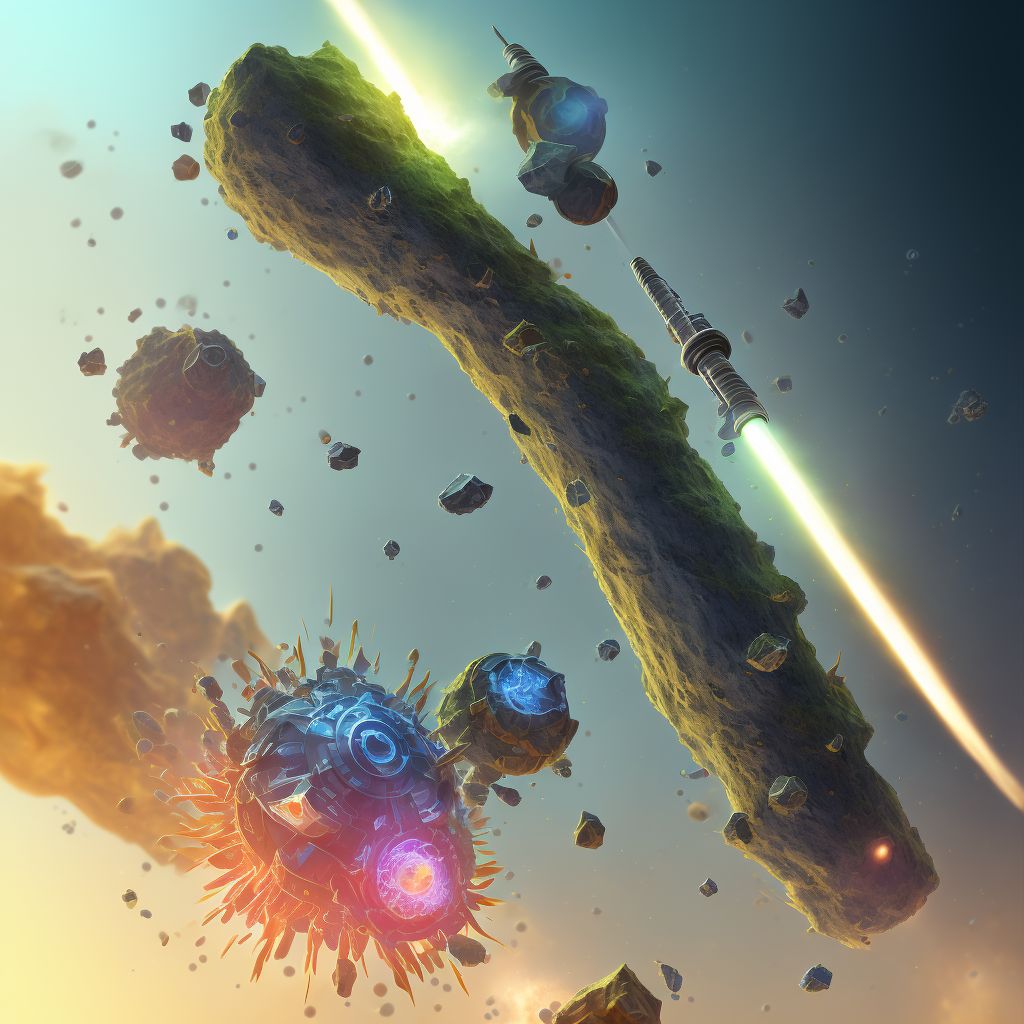
Nondisplaced spiral fracture of shaft of left fibula, subsequent encounter for open fracture type I or II with nonunion Save
ICD-10 code: S82.445M
Disease category: S82.445: Nondisplaced spiral fracture of shaft of left fibula
Nondisplaced Spiral Fracture of Shaft of Left Fibula: Understanding Open Fracture Type I or II with Nonunion
When it comes to lower leg injuries, a nondisplaced spiral fracture of the shaft of the left fibula is a common occurrence. In some cases, these fractures can progress to an open fracture type I or II with nonunion, requiring subsequent medical attention and care.
Understanding the nature of this injury is crucial for proper diagnosis and treatment. A spiral fracture refers to a bone break that occurs due to torsional forces, resulting in a twisted or helical pattern. The fibula, located on the outside of the leg, is susceptible to this type of injury.
When a nondisplaced spiral fracture of the shaft of the left fibula becomes an open fracture type I or II, it means that the broken bone has pierced through the skin, creating an external wound. Open fractures are considered more severe due to the increased risk of infection and complications.
Nonunion refers to the failure of a fracture to heal properly. In the case of an open fracture type I or II, nonunion can occur when the bone fragments fail to reconnect, leading to persistent pain, limited mobility, and potential long-term complications.
To address an open fracture type I or II with nonunion, subsequent encounters are required. These encounters involve ongoing medical evaluation, monitoring, and potential interventions to promote bone healing and prevent further complications.
- Continued Assessment: Regular assessments are necessary to evaluate the progress of the fracture healing process and identify any signs of infection or other complications.
- Wound Management: Proper wound care is essential to prevent infection and promote healing. This may involve cleaning the wound, applying dressings, and potentially administering antibiotics.
- Bone Stimulation: Techniques such as ultrasound or electrical stimulation may be used to promote bone healing and encourage the reconnection of the fractured segments.
- Physical Therapy: As the fracture heals, physical therapy plays a crucial role in restoring strength, flexibility, and function to the affected leg. It can also help prevent muscle atrophy and improve overall mobility.
It's important to note that the information provided here is for educational purposes only and does not constitute medical advice. If you or someone you know is experiencing a nondisplaced spiral fracture of the shaft of the left fibula with subsequent open fracture type I or II with nonunion, please consult a qualified healthcare professional for proper evaluation and treatment.
Treatment of Nondisplaced spiral fracture of shaft of left fibula, subsequent encounter for open fracture type I or II with nonunion:
Treatment Options for Nondisplaced Spiral Fracture of Shaft of Left Fibula
A nondisplaced spiral fracture of the shaft of the left fibula can be a painful and debilitating injury. It occurs when the bone breaks in a twisting or spiraling pattern, but the bone fragments remain aligned. If left untreated, this type of fracture can lead to complications, such as nonunion, where the bo...
To see full information about treatment please Sign up or Log in